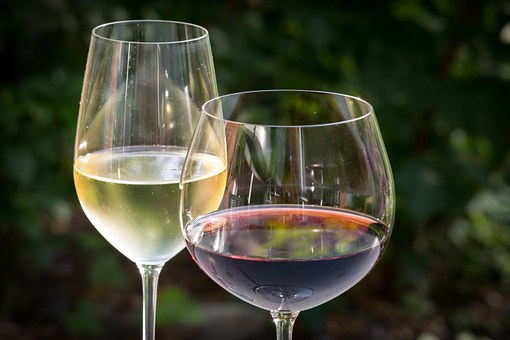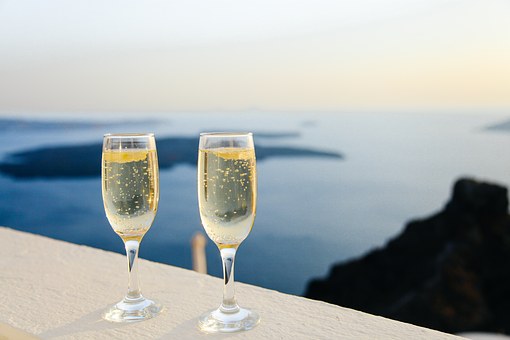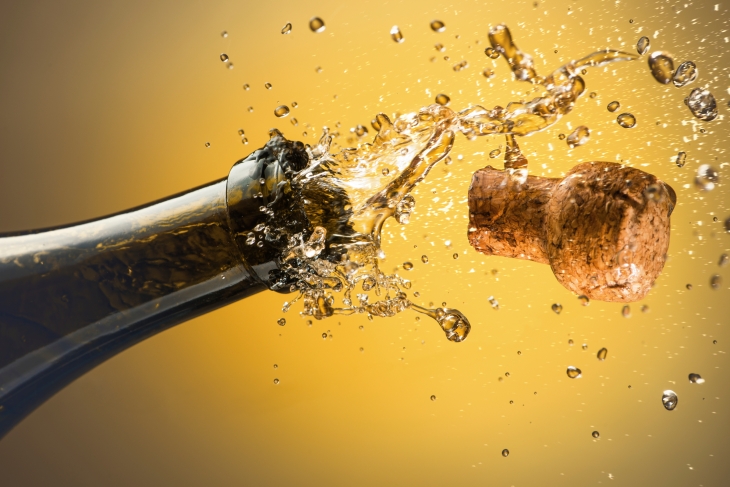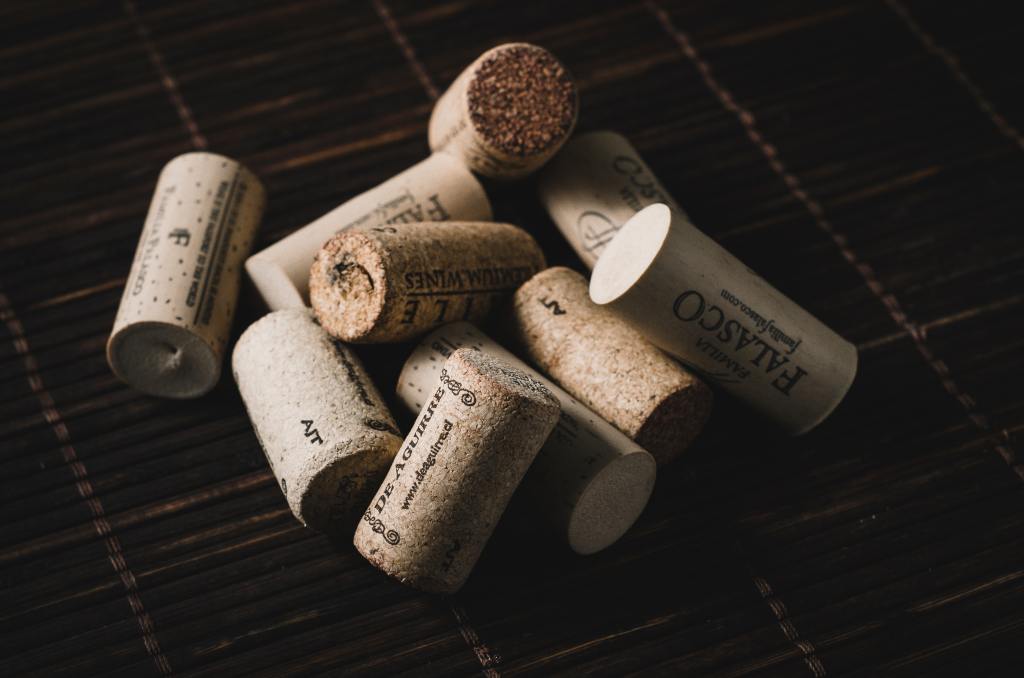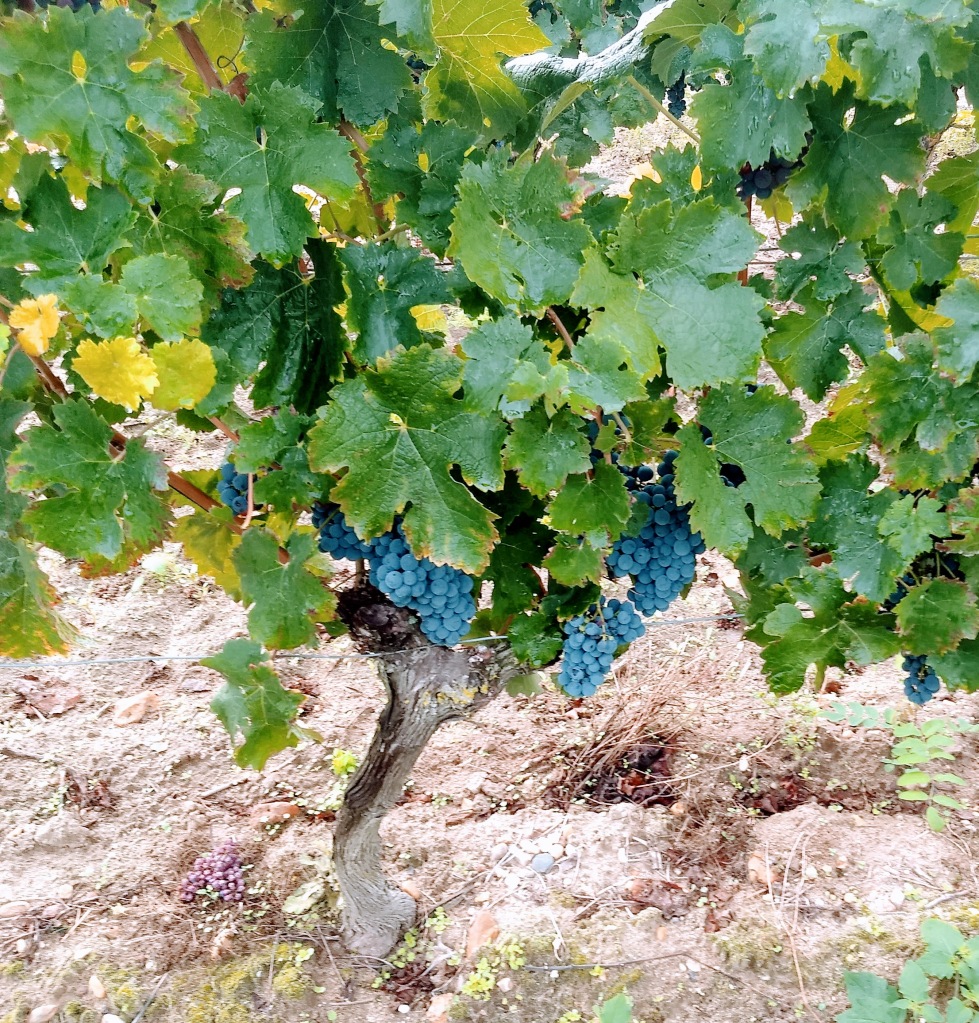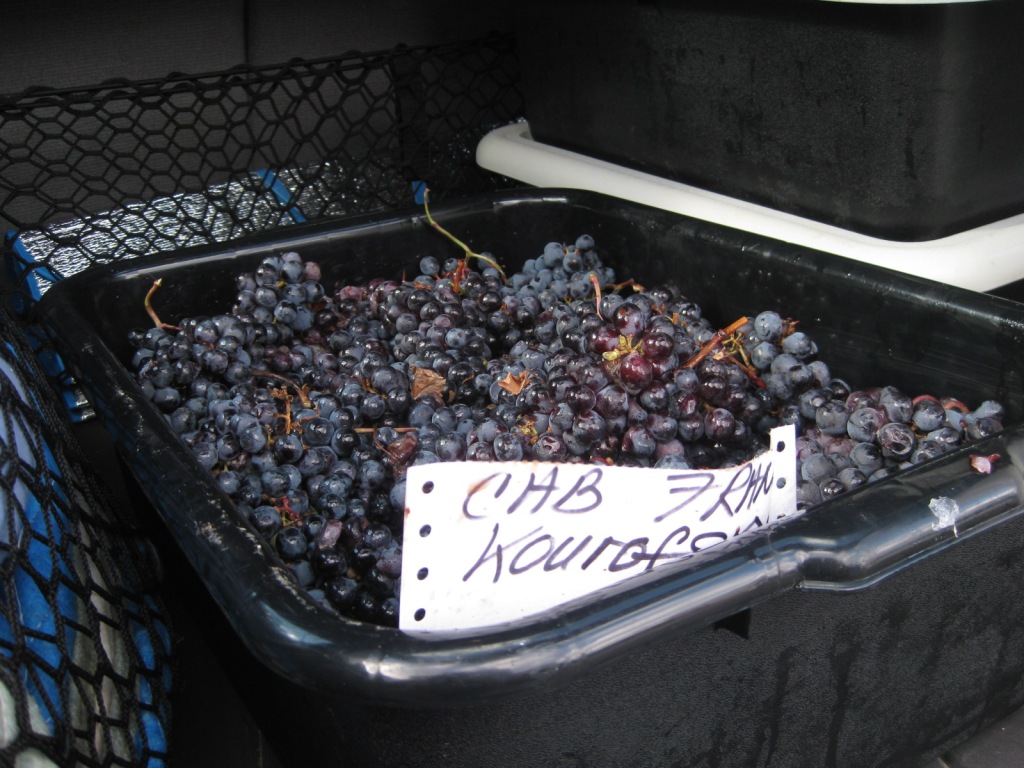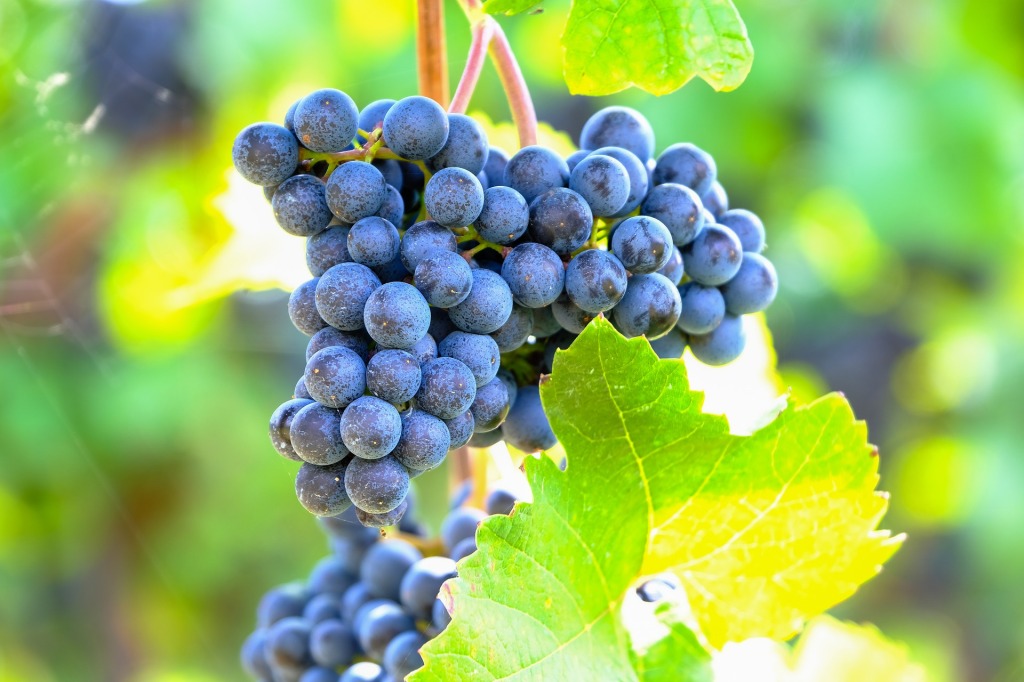By Kevin Kourofsky
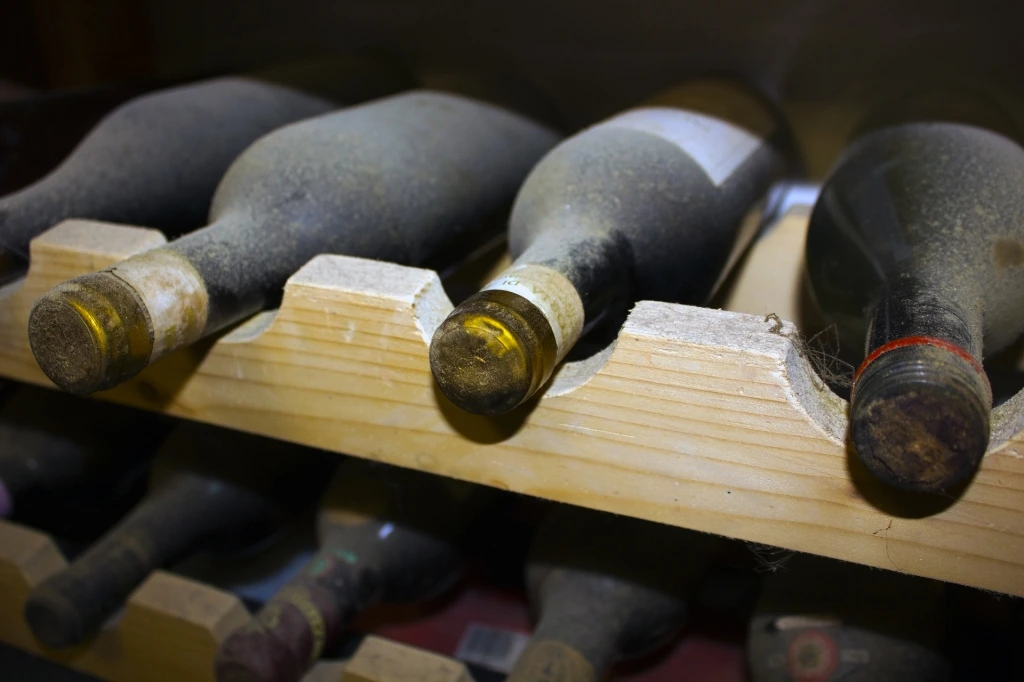
Louis and Madeline are a very talented winemaking duo I had the privilege of interviewing. In 2018 they won a Double Gold and Best of Show in the AWS judging for a 2016 blend of 80% Cabernet Sauvignon, 12% Merlot, 4% Petit Syrah and 4% Petit Verdot. I wanted to know how they did it. They told me that they entered that same wine in the 2017 AWS judging and though pleased with the award, it only received a Silver Medal. It was clear to them that something happened to that wine. In just one further year the wine had developed greater character and depth. It went from Silver to Double Gold Best in Show!
Winemaking texts devote a great deal of advice to the application of techniques, testing and taste, but rarely discuss how to tell when a wine is at its peak flavor and how to get it there. Like people, wines may age gracefully, some wonderfully well and others not at all well. A winemaker should have some insight into how a wine is likely to come out, even if it’s an educated guess. How is this wine going to turn out? This column will discuss the factors that affect the arc of wine aging.
Continue reading →